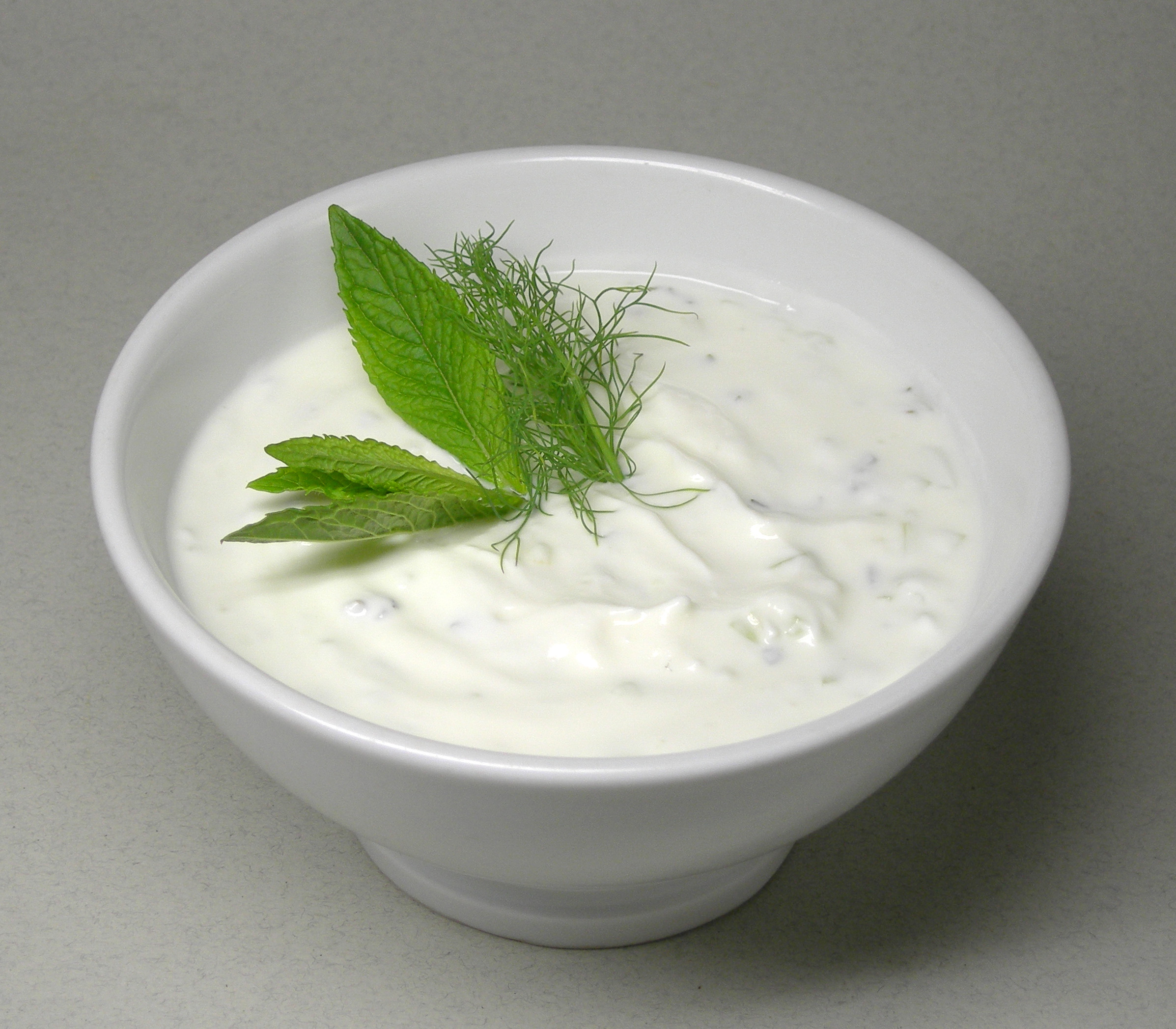Sep 29, 2015
For centuries, people used natural remedies to boost their immune system. Nowadays, we tend to forget to boost our immune system and react after we are already ill.
The trick, however, is to provide your immune system with the tools and assets to fight illnesses. And when it comes to natural remedies, honey and garlic are on the top of the list of home and natural remedies you can find in your kitchen.
Honey and Garlic
These two ingredients look like total opposites but mix them together, and the result is one of the best mixtures to boost your immune system. The best way to maximize the potential of the mixture is to add raw honey into crushed garlic.
You can also use whole parts of the garlic, but crushing the garlic releases the natural enzymes into it and allows the enzymes to reach the maximum potential.
Health Benefits of Honey
Raw honey has been used in the medicine for centuries. Different cultures have a different use for the precious gem that is high in antitoxins and antiseptic. Honey is an excellent natural remedy thanks to the high amount of minerals, vitamins and enzymes it packs.
Honey also can be used to fight free radicals, serving as an antioxidant. In just one tablespoon, honey packs more vitamins and nutrients than most super foods. You can even say that a spoon of honey per day is better than the famous premise, “an apple per day keeps the doctor away”.
In the 20th century, honey was discarded from medicine due to the popularization of antibiotics, but some people still prefer it as an alternative medicine.
Health Benefits of Garlic
The first association people get when garlic is mentioned is probably Dracula and fighting vampires. But garlic is one of the healthiest foods you can get. For thousands of years, garlic has been used as a medicine by different cultures.
Ancient Egyptians, for example, used garlic as a medicine to treat ailments and infections. In Ancient Greece, athletes at the Olympic Games consumed garlic in an effort to enhance their performances.
Even Romans gave garlic to their soldiers and workmen. In India, ayurvedic physicians prescribe garlic as a medicine for rheumatism and prevention of heart diseases. In China, even from ancient times garlic has been used as a remedy for high blood pressure.
Nowadays, garlic is used to improve heart function, fight fungal infections and help us maintain regular blood pressure. But the most frequent use is to fight common flu and cold.
Honey and Garlic Sauce
The combination of sweet and sour gives this sauce an ideal taste, making it popular with dishes such as chicken wings. To prepare the sauce peel one head of garlic and then chop it and squeeze it.
Crush it until you get a transparent mixture. Now it is the time to add honey and you need approximately 200 grams of raw honey. Stir, and then put the mixture into a jar. You can keep the jar in the fridge, and consume half a spoon per day to boost your immune system.
The recommended dose is three doses of half a spoon per day. You can also add lemon or ginger tea for maximum health benefits.
Honey and roasted garlic
For the second mixture of honey and garlic, you can throw in some other healthy ingredients. For starters, you need 250 grams of honey and 10 cloves of fresh garlic.
Also included on the ingredient list is dry white wine (approximately 30ml), olive oil, fresh rosemary, cracked white peppercorns, and little sea salt.
Peel the garlic and stir with olive oil and white wine. Preheat the oven while you prepare the mixture. Place the stirred garlic on a baking paper and then on an oven dish. Sprinkle some salt and add rosemary springs.
Close the package with the baking paper and place it in the oven. Wait for 15 minutes, or wait until the smell of the garlic occupies the kitchen. After you extract the garlic from the baking paper, smash it with a fork.
Now, add honey and stir until you get a composite mixture. Pour the mixture into a jar and take one tablespoon per day. Your honey and garlic mixture can last two months.

